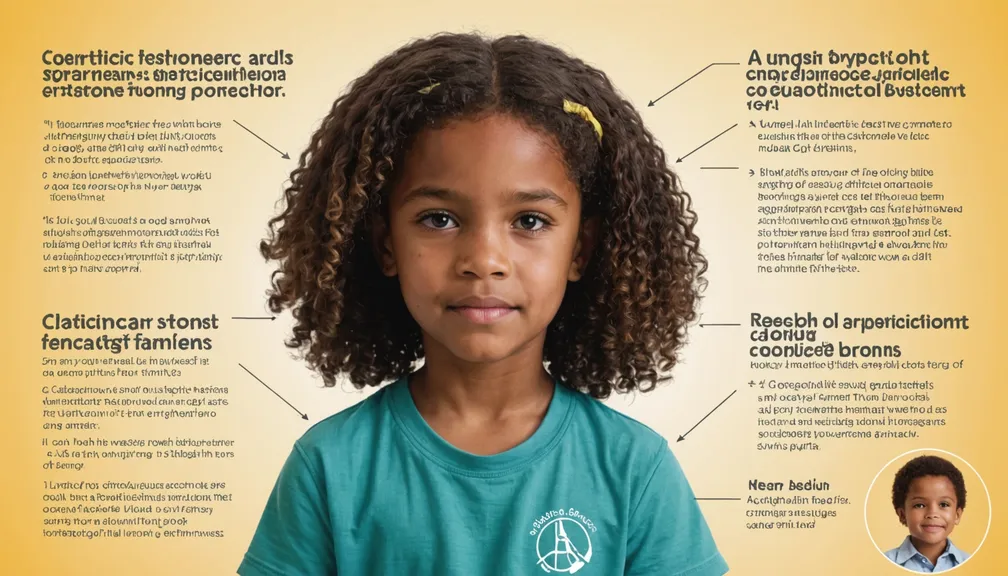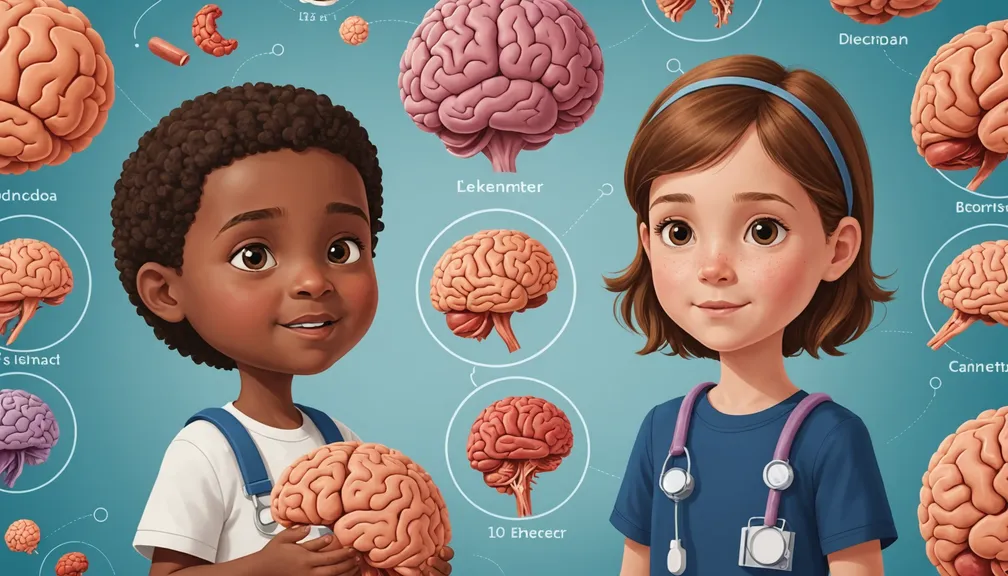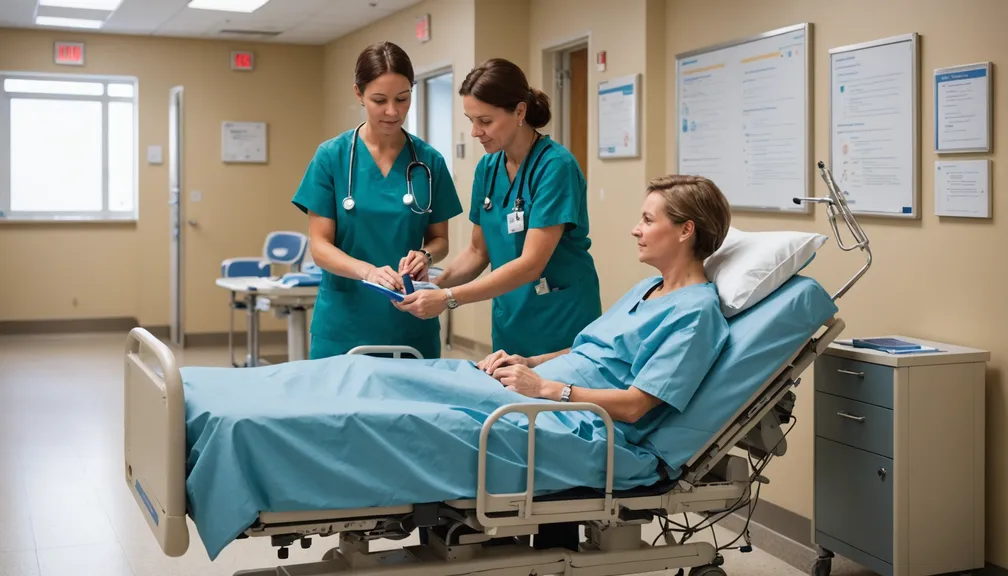Understanding Cancer in Children: An Overview
Pediatric cancers affect children and adolescents, presenting unique challenges and requiring specialized care. This lesson provides an in-depth look into the various aspects of pediatric cancers, helping patients and their loved ones understand the disease, its treatment, and the support available.
Types of Pediatric Cancers
Understanding the different types of cancers that can occur in children is crucial for recognition and treatment. Pediatric cancers often differ from those seen in adults.
1. Leukemias
- Description: Cancers of the blood and bone marrow.
- Common Types: Acute lymphoblastic leukemia (ALL) and acute myeloid leukemia (AML).
- Symptoms: Fatigue, frequent infections, easy bruising or bleeding.
2. Brain and Central Nervous System Tumors
- Description: Tumors that develop in the brain or spinal cord.
- Common Types: Medulloblastoma, gliomas.
- Symptoms: Headaches, seizures, vision problems.
3. Neuroblastoma
- Description: Cancer that develops from immature nerve cells, typically in the adrenal glands.
- Symptoms: Abdominal pain, lump under the skin, bone pain.
4. Wilms Tumor
- Description: Kidney cancer most common in young children.
- Symptoms: Abdominal swelling, blood in urine, high blood pressure.
5. Lymphoma
- Description: Cancers of the lymphatic system.
- Types: Hodgkin lymphoma and non-Hodgkin lymphoma.
- Symptoms: Swollen lymph nodes, fever, weight loss.
6. Rhabdomyosarcoma
- Description: Cancer of the soft tissues, such as muscles.
- Symptoms: Swelling or a noticeable lump, pain in the affected area.
7. Bone Cancers
- Description: Cancers that originate in the bones.
- Common Types: Osteosarcoma and Ewing sarcoma.
- Symptoms: Bone pain, swelling, fractures.
Causes and Risk Factors
While the exact causes of most pediatric cancers are not fully understood, several factors may increase the risk.
1. Genetic Factors
- Inherited Syndromes: Conditions like Down syndrome, Li-Fraumeni syndrome.
- Family History: A family history of certain cancers can elevate risk.
2. Environmental Exposures
- Radiation Exposure: High levels of radiation can increase cancer risk.
- Chemical Exposure: Certain chemicals, though less common, may contribute.
3. Other Risk Factors
- Age: Most pediatric cancers occur in children under 15.
- Immune System Disorders: Weakened immune systems may be a factor.
Symptoms and Early Detection
Recognizing the signs of pediatric cancers early can significantly improve treatment outcomes.
Common Symptoms
- Unexplained Weight Loss: Sudden loss of weight without trying.
- Persistent Fatigue: Constant tiredness that doesn’t improve with rest.
- Pain: Ongoing pain in bones or other areas.
- Fever: Frequent or unexplained fevers.
- Swollen Lymph Nodes: Noticeable lumps in the neck, underarm, or groin.
Importance of Early Detection
Early diagnosis allows for timely treatment, which can: - Improve Survival Rates: Timely intervention increases the chances of remission. - Reduce Complications: Early treatment can prevent the spread of cancer. - Enhance Quality of Life: Minimizing the impact on the child’s daily activities.
Diagnosis
Accurate diagnosis is essential for determining the appropriate treatment plan.
Diagnostic Procedures
- Physical Examination: Checking for lumps, swelling, or other physical signs.
- Blood Tests: Assessing blood cell counts and other indicators.
- Imaging Tests: X-rays, MRI, CT scans to visualize tumors.
- Biopsy: Removing a sample of tissue for laboratory analysis.
Staging of Cancer
Determining the extent of cancer spread helps in planning treatment. - Stage I-IV: Ranging from localized tumors to widespread metastasis. - Assessment Tools: Imaging studies and surgical findings.
Treatment Options
Pediatric cancer treatment often involves a combination of therapies tailored to the specific type and stage of cancer.
1. Surgery
- Purpose: Remove the tumor and surrounding tissue.
- Considerations: Minimizing impact on growth and development.
2. Chemotherapy
- Description: Use of drugs to kill cancer cells.
- Administration: Oral, intravenous, or injection.
- Side Effects: Nausea, hair loss, increased infection risk.
3. Radiation Therapy
- Description: High-energy radiation to target cancer cells.
- Techniques: External beam radiation or brachytherapy.
- Side Effects: Fatigue, skin changes, potential growth impacts.
4. Targeted Therapy
- Description: Drugs that specifically target cancer cell mechanisms.
- Benefits: Less damage to healthy cells compared to chemotherapy.
- Examples: Monoclonal antibodies, tyrosine kinase inhibitors.
5. Immunotherapy
- Description: Boosting the body’s immune system to fight cancer.
- Types: Checkpoint inhibitors, CAR T-cell therapy.
- Advantages: Potential for long-lasting responses.
6. Clinical Trials
- Purpose: Testing new treatments to improve outcomes.
- Participation: Provides access to cutting-edge therapies.
- Considerations: Eligibility, potential risks, and benefits.
Caring for a Child with Cancer
Comprehensive care involves addressing both medical and emotional needs of the child and their family.
Emotional Support
- Counseling Services: Professional support for coping with diagnosis and treatment.
- Support Groups: Connecting with other families facing similar challenges.
- Psychological Care: Addressing anxiety, depression, and other mental health needs.
Physical Care
- Pain Management: Ensuring the child remains comfortable.
- Nutrition: Maintaining a healthy diet to support treatment.
- Activity Adjustments: Balancing rest with appropriate physical activity.
Support for Siblings
- Communication: Keeping siblings informed about the situation.
- Emotional Support: Providing spaces for siblings to express feelings.
- Involvement: Including siblings in care routines when appropriate.
Prognosis and Outcomes
The outlook for children with cancer has improved significantly with advancements in treatment.
Survival Rates
- Overall Improvement: Many pediatric cancers now have high survival rates.
- Variability: Depends on cancer type, stage, and response to treatment.
Factors Affecting Outcomes
- Early Detection: Increases the likelihood of successful treatment.
- Access to Care: Availability of specialized medical facilities and professionals.
- Support Systems: Strong emotional and social support enhances resilience.
Long-term Effects
- Physical Health: Potential for growth and developmental issues.
- Mental Health: Long-term emotional and psychological impacts.
- Monitoring: Regular follow-ups to address any late effects of treatment.
Medical Professionals and Support Team
A multidisciplinary team ensures comprehensive care for children with cancer.
1. Oncologists
- Role: Specialists in cancer treatment.
- Types: Pediatric hematologist/oncologists focus on blood cancers and solid tumors in children.
2. Pediatric Surgeons
- Role: Perform surgical procedures to remove tumors.
3. Radiation Oncologists
- Role: Manage and administer radiation therapy treatments.
4. Nurses
- Role: Provide day-to-day care, administer medications, and support families.
5. Social Workers
- Role: Assist with emotional, financial, and logistical challenges.
6. Psychologists and Counselors
- Role: Offer mental health support for the child and family members.
7. Physical Therapists
- Role: Help maintain and improve physical function during and after treatment.
8. Nutritionists
- Role: Ensure the child maintains a healthy diet to support treatment and growth.
9. Educational Specialists
- Role: Provide support to continue the child’s education during treatment.
Understanding pediatric cancers empowers families to navigate the complexities of diagnosis, treatment, and care with confidence and hope. Collaborating with a dedicated healthcare team and accessing available resources can significantly impact the journey toward recovery and well-being.






